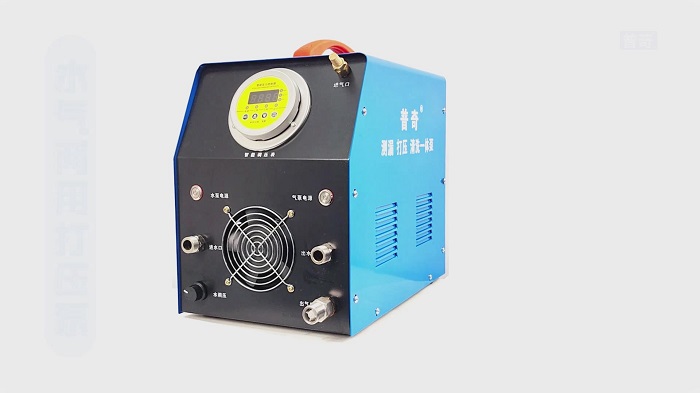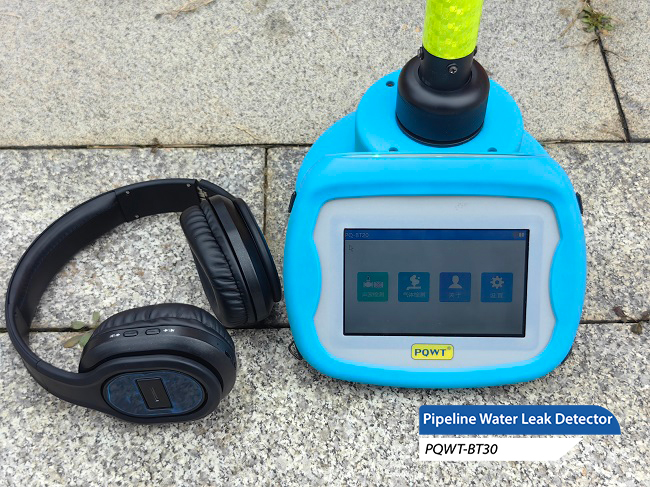In our daily life, pipeline leakage is a common and headache problem. It not only affects our living environment, but also may cause water waste and property damage. Therefore, it is crucial to master the correct method of pipe leakage detection. From pressure testing to acoustic vibration leak detection, every step requires careful operation and meticulous observation. This article will take you into the world of pipeline leakage detection, from understanding the layout of the pipeline to locate the leakage point, a comprehensive analysis of this professional process, to help you easily deal with water leakage problems.
1. Pre-preparation and understanding
In the pipeline leakage detection, you first need to understand the basic layout and direction of the pipeline. This helps us to locate the leak more accurately in the subsequent detection process. At the same time, prepare the necessary detection tools, such as a pressurizer, pipeline leak detector and so on.
2. Pressurization test

Pressurization is an important step in detecting pipeline leaks. Use the pressurizer to pressurize the pipeline, set the appropriate pressure range according to different types of pipelines (such as hot and cold water pipes, heating pipes, etc.), and keep the pressure for a period of time. The purpose of this step is to simulate the pressure environment of the pipeline under normal operating conditions, so that potential leaks can be more easily found.
3. Observation and recording
During the pressurization process, carefully observe the connections, elbows, valves and other parts of the pipeline, and pay attention to whether there is any leakage, seepage or pressure drop. At the same time, use the pipeline leak detector to listen to the sound changes in the pipeline and record any abnormal sound or vibration.
4. Locate the leak

Based on the observation records and the detection results of pipeline leak detector, combined with the pipeline direction and layout information, gradually narrow down the scope of the leakage point. In the process of localization, the principle of "near and then far, local and then overall" can be followed, starting from the possible leakage points and then gradually expanding the scope.
5.Handling difficult problems
In the process of locating the leakage point, may encounter some difficult problems, such as micro-leakage, loud noise or leakage point crosstalk and so on. For these problems, appropriate measures can be taken to deal with them. For example, for micro-leakage, water and gas mixing pressure can be used to improve the detection accuracy; for loud noises or crosstalk at the leakage point, the leakage point can be accurately determined by observing sound signals of different frequencies or using the filter analysis mode.
6. Repair and acceptance
Once the leakage point is localized, repair work needs to be carried out in time. According to the specific conditions of the leakage point to choose the appropriate repair method, such as replacing damaged parts, strengthen the pipeline connection. After the repair is completed, the pressure test is carried out again to ensure that the pipeline is no longer leaking and return to normal operation.
Summarize and Prevention
After completing the leakage detection and repair, summarize the whole process and analyze the causes of leakage and possible hidden dangers. At the same time, preventive measures are formulated to strengthen the maintenance and upkeep of the pipeline in order to prolong the service life of the pipeline and reduce the occurrence of water leakage incidents.
Through the above seven steps in detail, we can see that pipe leakage detection is a systematic and complex process. Only by mastering the correct detection methods and techniques and applying them flexibly in combination with the actual situation can we effectively solve the water leakage problem and ensure the normal operation of the pipeline system.








